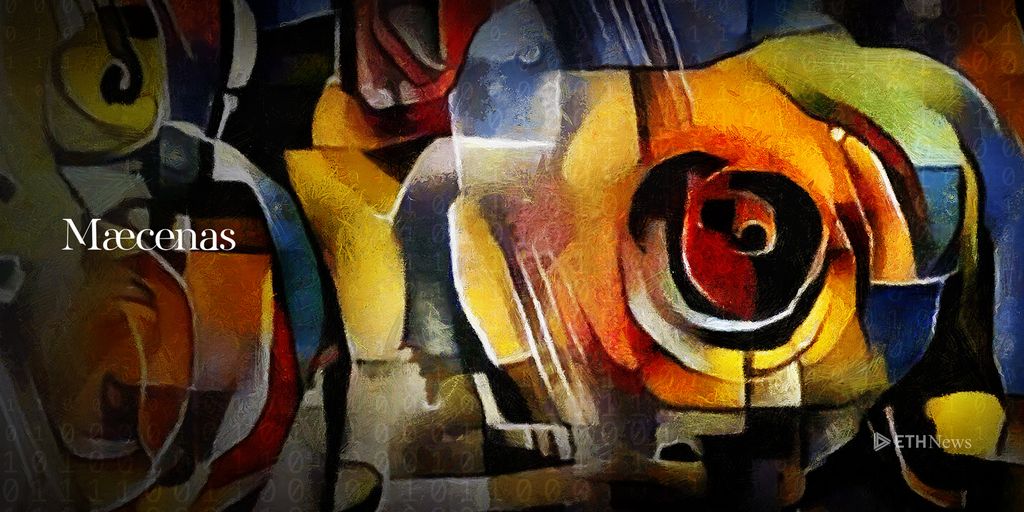Is tokenization of a physical asset a good idea if that same asset becomes unavailable?
Maecenas, a blockchain-based art investment platform, announced yesterday, November 13, that it has partnered with the cryptocurrency exchange Ethershift and the colorful John McAfee to digitize and tokenize a Picasso painting. The effort has been dubbed Project Phoenix, according to Marcelo García Casil, founder and CEO of Maecenas.
Although scant details have been revealed about the project, García Casil noted that the painting will be made into a digital asset in the form of a single ERC721 token. The physical artwork, however, will be represented by a fixed number of ERC20 tokens to enable shared ownership of the art.
García Casil added that Project Phoenix “will be a fully decentralized exercise,” with an auction slated for around the end of the year. McAfee recently expressed his enthusiasm for the project over Twitter:
Conceptually, tokenization is beneficial because it allows many individuals to own assets they could not own before, for example, works of fine art. In the case of Project Phoenix, though, the tokenization process will make the physical painting “perpetually inaccessible.” ERC20 token holders must vote to release the artwork, and it can only be released after a minimum amount of time has elapsed.
This seems antithetical to the ethos of decentralization. Although token holders will own a share of the Picasso, individuals interested in viewing the physical work will not have access to it anymore. Fine art is already sequestered enough in private collections, so why would an effort to “democratise access to fine art” lock up a painting in the name of tokenization?
An earlier tokenization project from Maecenas saw the distribution of digital shares of Andy Warhol’s famous silkscreen “14 Small Electric Chairs.” At the conclusion of the auction, 31.5 percent of the artwork was distributed to successful bidders. To my knowledge, however, the physical piece of art was not made inaccessible because it was tokenized.
The ability to reproduce art, whether blockchain-related or not, has been a source of controversy in the art world for years, especially since the advent of modernism. Warhol, though widely celebrated, was ridiculed for his pop art, as many saw it as tasteless. Further, cultural critic and scholar Walter Benjamin noted in his famous essay “The Work of Art in the Age of Mechanical Reproduction” that reproduced artwork loses its sense of “aura,” or its unique aesthetic authority.
Considering these critiques of reproduced art, what does it mean if the reproduction (in Maecenas’ case, the ERC721 version of the Picasso) supplants the original work (the physical Picasso painting)? The value of the artwork would then exist in an aesthetic limbo without an authoritative referent.
ETHNews reached out to García Casil for comment but did not receive a response by press time.
Daniel Putney is a full-time writer for ETHNews. He received his bachelor’s degree in English writing from the University of Nevada, Reno, where he also studied journalism and queer theory. In his free time, he writes poetry, plays the piano, and fangirls over fictional characters. He lives with his partner, three dogs, and two cats in the middle of nowhere, Nevada.
ETHNews is committed to its Editorial Policy
Like what you read? Follow us on Twitter @ETHNews_ to receive the latest Maecenas, Picasso or other Ethereum lifestyle news.
Source: Crypto New Media







